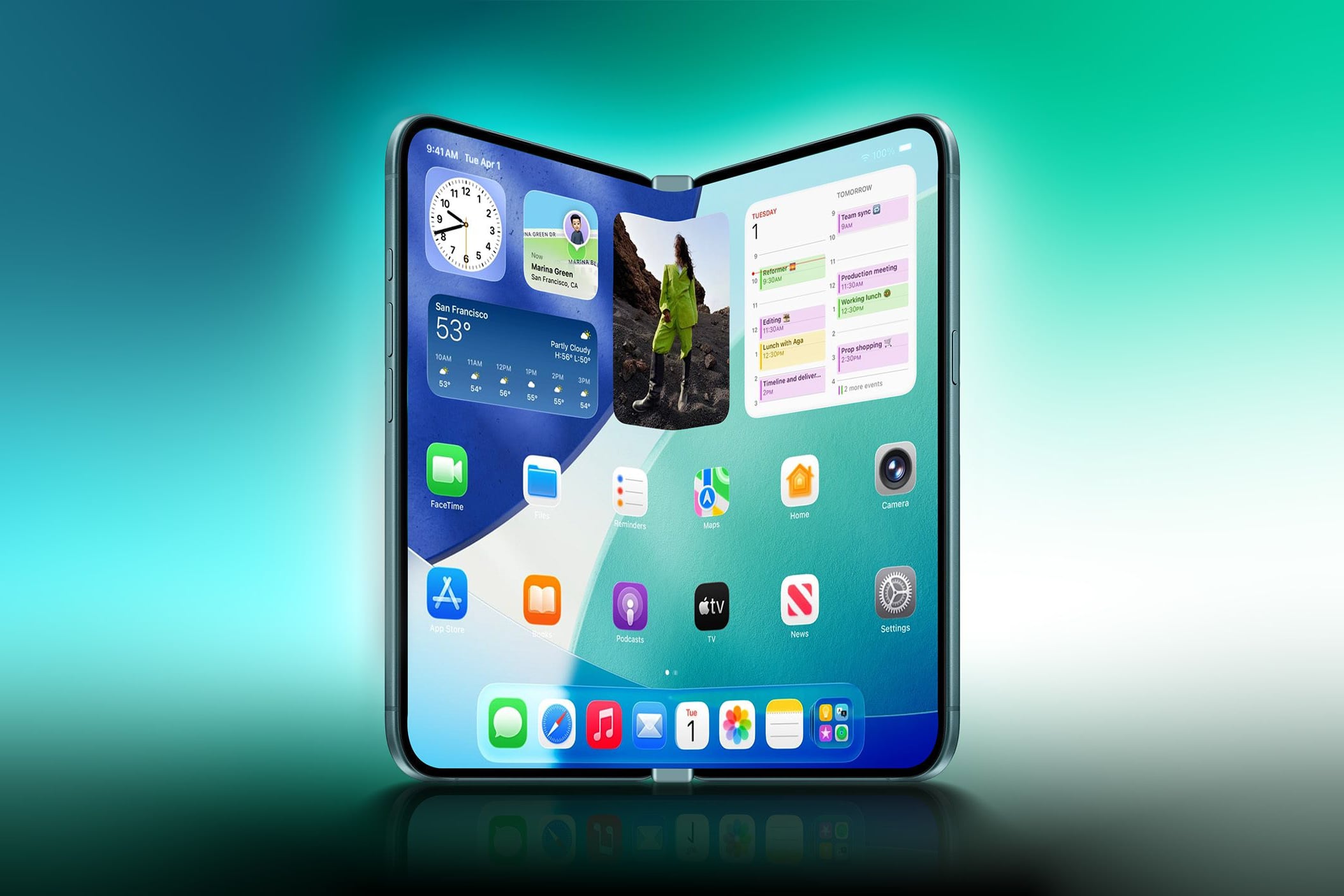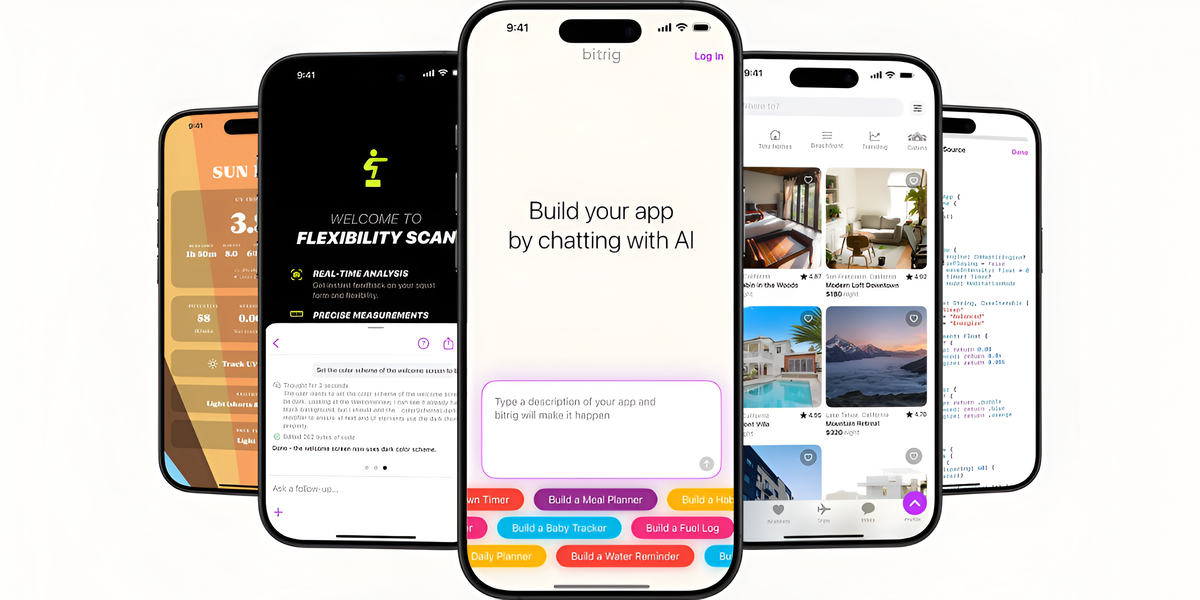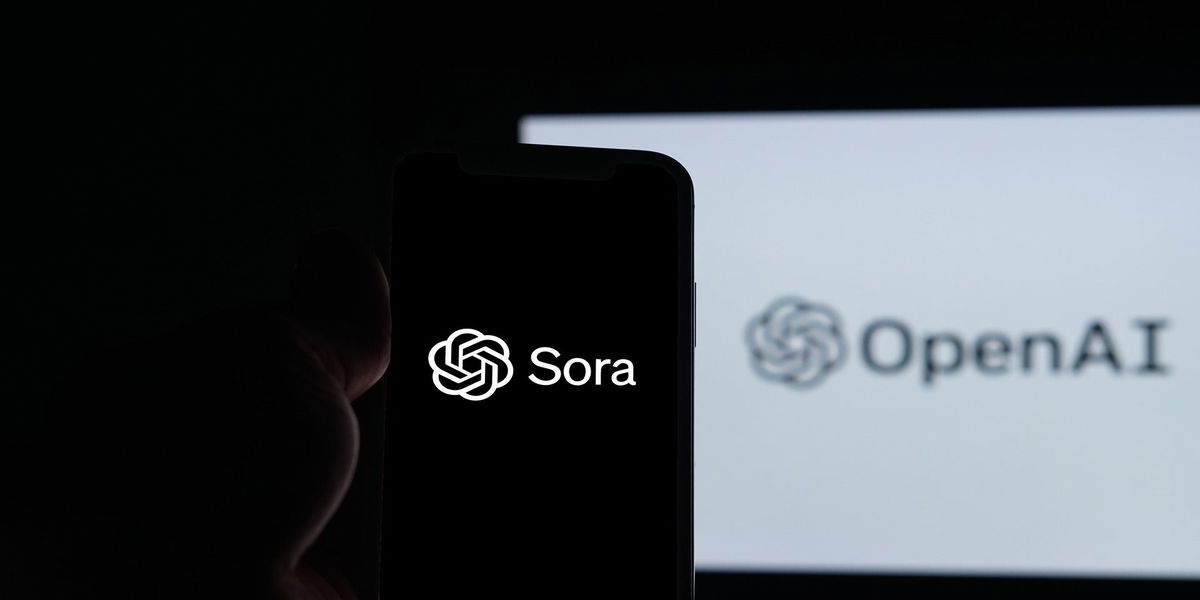The use of smartwatches or “smartwatches” is becoming more popular every year; In addition to telling the time, these watches also have dozens of additional functions such as showing notifications from your mobile phone, predicting the weather, and recording daily sports.
(
According to technology portal ‘Topes de Gama’, each brand uses different techniques to collect data: most use a technique called photoplethysmography, which uses LED light beams; Samsung’s uses an estimate using the volume of pulse waves; Huawei measures the time it takes for a pulse wave to travel from point A to point B; among others.
But many skeptics have doubts about the accuracy of the data the watches return and how much they can trust them to track vital signs.
The simple answer to this is; There are watches that provide reliable data, but they are not the majority. “Only the most expensive and sophisticated ones come close to doing what they say they do.“Dr. from the Spanish Society of Cardiology. Rafael Vidal told RTVE.
(You might be interested in: ‘Amazfit T-Rex 2’: the new SmartWatch designed for adventure athletes).
Dr. “Many watches can set off alarms that do not correspond to the actual medical diagnosis, or may even be caused by the watch not being worn properly on the wrist,” says Vidal. “Perhaps the scientific community needs to play a more active role there to be able to advise our patients.”
Regarding each function, the cardiologist indicates: The most accurate are usually a step counter and a pulse oximeter, which measures blood oxygen and resting heart rate.. He also believes that the electrocardiogram found in some watches is “fairly accurate, but the patient probably wouldn’t know how to interpret it.”
The expert believes that “they still need some improvement” regarding blood pressure measurements, that is, those responsible for estimating blood pressure.“, because they measure pressure through an algorithm that interprets blood oxygen data, and this technique can be inaccurate.
(Of interest: The best smart and affordable watches in Colombia).
Another malfunction is the mobile heart rate monitor.Although they generally work at rest, most low- and mid-range watches show inaccuracies when reading moderately high heart rates, according to several letters in medical journals.
However, Vidal admits that the devices are a good tool for those with serious health problems that require constant monitoring, and recognizes that the accuracy of the data presented is on a good recovery curve: “With each update, these devices improve their sensors and algorithms for better and better discrimination.
ALEJANDRO VICTORIA TOBON
DIGITAL COVERAGE EDITORIAL
TIME
Alarming result: Doctors found a live fly in the patient’s colon
Recipe for preparing a delicious pumpkin risotto for dinner
Older cats: What care should be taken with them?
Source: Exame













